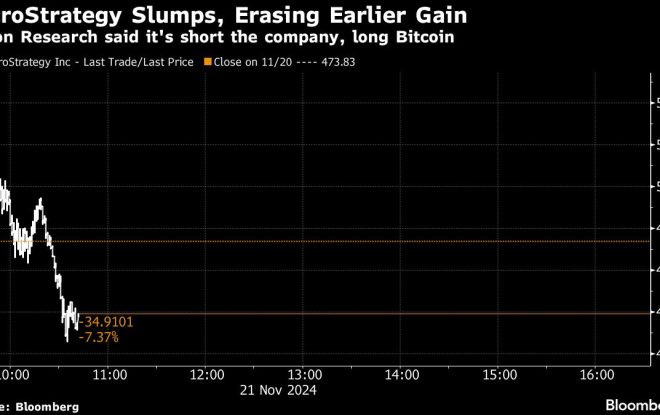RMDs After Death: How Do You Calculate the Required Amount?
Inheriting an IRA or 401(k) can add to your wealth but it can also bring some potential tax headaches. One tricky issue involves required minimum distributions or RMDs. IRA and 401(k) plan owners are required to take minimum distributions from their accounts beginning in the year they turn 72. The IRS has special rules regarding the RMD in the year of death that IRA and 401(k) beneficiaries need to be aware of. A financial advisor can help you through the ins and outs of planning for retirement to put your mind at ease.
When Do RMDs Begin?
Under the tax code, certain retirement account owners are required to begin taking minimum distributions once they turn 72. The types of accounts that are subject to RMDs include:
Roth IRAs are not subject to RMDs during the account owner’s lifetime. You will, however, be subject to RMDs if you inherit a Roth IRA. The IRS is very specific about when these distributions must begin. The required beginning date (RBD) for RMDs is April 1st of the year following the year that the account owner turns 72. That’s important for understanding when an RMD in the year of death is necessary.
When Is an RMD in Year of Death Required?
If you inherit an IRA or another tax-advantaged account that’s subject to RMDs, the timing determines whether you’re required to take an RMD in the year of death.
Here’s how it works:
-
You must take an RMD if the account owner has reached their required beginning date but has not taken a required minimum distribution for the year.
-
You do not have to take an RMD if the account owner passes away before their required beginning date.
Here’s an example of how this works. Say your father turned 72 in March of 2020, making his required beginning date April 1, 2021. He passes away in November 2021 without having taken his RMD for the year. In that instance, you would be responsible for taking the distribution as the account beneficiary.
Now, say your father passed away in March of 2021 instead. Since he has not reached his required beginning date, you would not be obligated to take an RMD in the year of death.
When beneficiaries must take an RMD in the year the account owner dies, the amount is reported on their tax return as income. They must pay taxes on it, the same way that the account owner would have had to if they had taken the distribution themselves.
How to Calculate RMD in Year of Death
If you’re required to take RMDs in the year of death after the account owner passes away, the calculation method is based on the RMD they would have received. Following IRS rules, the RMD for any year is determined using this formula:
Required minimum distribution = account balance as of the end of the preceding calendar year divided by a distribution period from the IRS Uniform Lifetime Table
The Uniform Lifetime Table is designed for unmarried IRA owners, married IRA owners whose spouses aren’t more than 10 years younger than they are and married owners whose spouses aren’t the sole beneficiaries of their IRAs. Table I (Single Life Expectancy) is used when the beneficiary is not the spouse of the IRA owner. Table II (Joint Life and Last Survivor Expectancy) is used for owners whose spouses are more than 10 years younger and the sole beneficiary of the IRA.
If the account owner named multiple beneficiaries and didn’t take their required minimum distribution, each beneficiary shares responsibility for it. Beneficiaries can split the account into multiple inherited IRAs, which would allow them to claim their share of the account balance while also shouldering their part of the tax obligation.
For RMDs in the year following the account owner’s death, distribution calculations will depend on who is the beneficiary of the account. Generally, designated beneficiaries will use the IRS Single Life Expectancy Table to figure the distributions. This table uses life expectancy and the IRA balance to determine RMDs.
What If You Don’t Take an RMD in Year of Death?
The deadline for taking RMDs in the year of death is December 31st of the year in which the original account owner passes away. The IRS imposes a strict penalty when RMDs are required but not taken by beneficiaries. If you inherit an IRA or 401(k) and fail to take the RMD for the year of the account owner’s death, a 50% tax penalty applies.
There’s an exception if the estate is named as the beneficiary of an IRA. In that case, the estate takes the RMD and is responsible for reporting the distribution.
The 50% penalty can substantially reduce what you’re able to withdraw from an inherited IRA or 401(k). For that reason, it’s important to understand when RMDs are or are not required when the account owner passes away. Talking to a tax expert or your financial advisor can help you to prepare for any tax liability that might be created if you stand to inherit an IRA or 401(k) from someone else.
Withdrawing an Inherited IRA
The IRS rule for the year of death RMDs is not the only tax rule to be aware of with inherited retirement accounts. You also have to be aware of your tax liability for managing the account in future years.
Spouses have several options for inheriting an IRA. For instance, they can:
If you are not the account owner’s spouse, you can only set up an inherited IRA. You won’t be allowed to make any new contributions to the account. You also have to fully withdraw all of the money in the account. You have 10 years following the original account owner’s death to do so. If you fail to do so, the IRS can apply a tax penalty.
In terms of how withdrawals are taxed, they follow the same tax rules as the original IRA. So if you inherit a traditional IRA, withdrawals are taxed at your ordinary income tax rate. If you inherit a Roth IRA, RMDs are required but withdrawals are tax-free as long as the account is at least five years old. A financial advisor can help you navigate an inheritance.
The Bottom Line
Inheriting retirement accounts can add a wrinkle to your tax situation and it’s important to be aware of the rules for the year of death RMDs. The main thing to know is when the account owner’s required beginning date is, as that can decide whether you’ll need to take an RMD in the year of death or not.
Tips for Retirement Planning
-
Consider talking to your financial advisor about how to handle an inherited retirement account. Finding a qualified financial advisor doesn’t have to be hard. SmartAsset’s free tool matches you with up to three financial advisors who serve your area, and you can interview your advisor matches at no cost to decide which one is right for you. If you’re ready to find an advisor who can help you achieve your financial goals, get started now.
-
When rolling over an inherited IRA, give some thought to which brokerage you’d like to use to hold those funds. Brokerages can vary greatly in terms of the fees they charge and the range of investment options they offer. Comparing different online brokerages can help you find the best place to keep inherited retirement funds.
-
Keep an emergency fund on hand in case you run into unexpected expenses. An emergency fund should be liquid — in an account that isn’t at risk of significant fluctuation like the stock market. The tradeoff is that the value of liquid cash can be eroded by inflation. But a high-interest account allows you to earn compound interest. Compare savings accounts from these banks.
-
Are you a financial advisor looking to grow your business? SmartAsset AMP helps advisors connect with leads and offers marketing automation solutions so you can spend more time making conversions. Learn more about SmartAsset AMP.
©iStock.com/dragana991, ©iStock.com/Dean Mitchell, ©iStock.com/shapecharge
The post How to Calculate RMD in Year of Death appeared first on SmartAsset Blog.





Leave a Reply